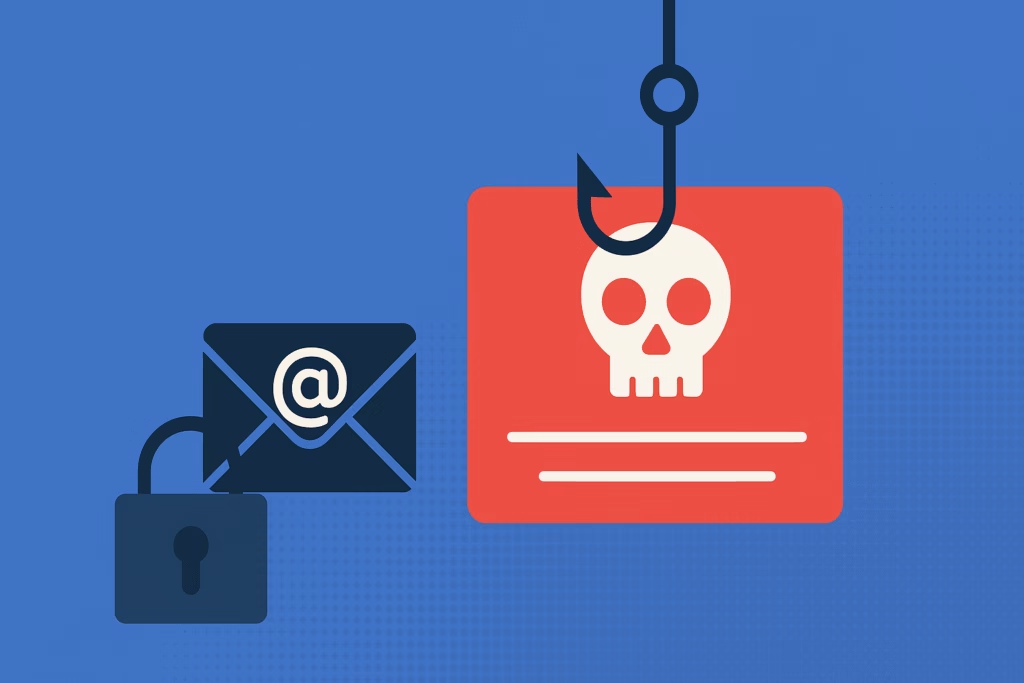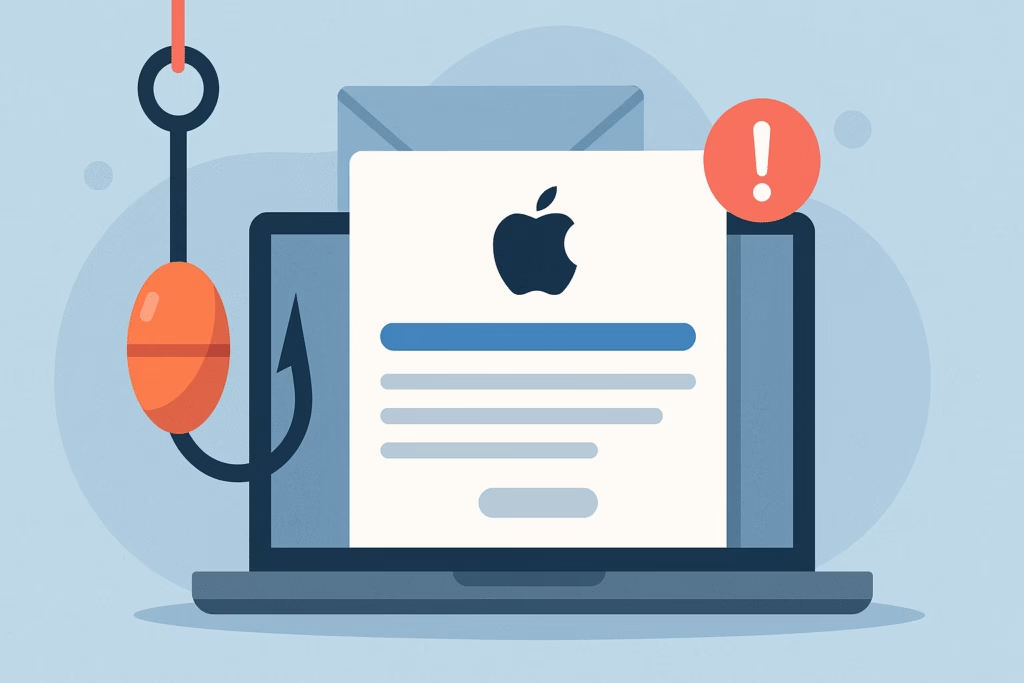
Introduction
Even the most knowledgeable professionals can become victims of phishing attacks. It’s not a question of technical skill, but rather how attackers exploit human psychology—leveraging cognitive biases, social engineering, and gaps in behavioral security. In this article, we’ll explore why smart people fall for phishing, unpack the underlying biases, and provide actionable strategies to fortify your defenses.
Understanding Phishing and Its Reach
Phishing remains one of the most prevalent cyber threats. According to the 2023 Verizon Data Breach Investigations Report, 74% of organizations experienced phishing attacks, with nearly 30% of recipients clicking on malicious links. The Anti-Phishing Working Group (APWG) recorded over 1.2 million phishing sites in Q1 2023—demonstrating the scale and persistence of this threat.
- Definition: Phishing is a form of social engineering where attackers impersonate trusted entities to steal credentials or deliver malware.
- Variants: Spear-phishing, whaling, clone phishing, voice phishing (vishing), SMS phishing (smishing).
Key Cognitive Biases That Phishers Exploit
Cognitive biases are mental shortcuts our brains use to make decisions faster. While helpful in many scenarios, they can cloud our judgment when evaluating dubious emails.
1. Authority Bias
We tend to comply with requests from perceived authorities—CEOs, IT departments, or government agencies. Phishers spoof executive email addresses or craft urgent messages (“Your payroll needs immediate approval!”) to trigger obedience.
2. Scarcity Effect
Creating a false sense of urgency or limited-time offers makes recipients act before thinking. Messages like “Your account will be deactivated in 24 hours” push victims to click impulsively.
3. Anchoring
Attackers provide an initial piece of information (the anchor) to frame the victim’s expectations. For example, an email might reference a legitimate invoice number, making subsequent malicious content appear genuine.
4. Cognitive Overload & Decision Fatigue
After making numerous decisions, we become mentally drained and more prone to shortcuts. Busy professionals checking dozens of emails a day may click malicious links without scrutiny.
Social Engineering Tactics and Behavioral Security
Beyond biases, phishing leverages social influence principles. Understanding these tactics enhances your behavioral security posture.
- Reciprocity: Attackers offer something (a free report, a helpful guide) to create obligation. Always verify the sender before downloading attachments.
- Social Proof: “Your colleague has already downloaded this document.” This false consensus pressures individuals to conform.
- Liking: Messages crafted to appeal to your interests, hobbies, or professional networks build rapport and trust.
Why Smart People Are Vulnerable
Intelligence offers no immunity against phishing. In fact, certain traits can increase susceptibility:
- Overconfidence Effect: Believing “It won’t happen to me” leads to skipping basic checks.
- Familiarity Heuristic: Recognizing a brand logo or domain—even if slightly altered—creates a false sense of safety.
- Confirmation Bias: Seeking information that confirms existing beliefs. For instance, if you expect an invoice from a vendor, you may overlook red flags.
Practical, Actionable Defense Strategies
Combatting phishing requires both individual vigilance and organizational safeguards. Below is a step-by-step guide and best practices for strengthening your defenses.
Step-by-Step: Email Verification Process
- Pause and Assess: Stop before you click. Ask yourself: “Why am I receiving this email?”
- Verify the Sender: Hover over email addresses to check for slight misspellings or odd domains (e.g., “hr-ceo@yourcompany-support.com”).
- Examine Content: Look for generic greetings, spelling errors, and mismatched URLs. Phishing emails often lack personalized details.
- Scan with Security Tools: Use advanced anti-phishing solutions like PhishDef to automatically flag high-risk messages.
- Validate Externally: If in doubt, call the sender or reach out via official channels (do not reply directly to the suspicious email).
Behavioral Security Best Practices
- Implement regular security awareness training that includes phishing simulations.
- Encourage a “Stop and Report” culture—make it easy for employees to forward suspected phishing to your security team.
- Leverage multi-factor authentication (MFA) to reduce damage in case credentials are compromised.
- Deploy domain-based message authentication (DMARC, DKIM, SPF) to filter spoofed emails at the gateway.
- Use behavioral analytics tools that adapt to user patterns and flag anomalies in real time.
Real-World Examples and Case Studies
RSA Security Breach (2011)
Attackers sent two phishing emails with the subject line “2011 Recruitment plan” containing an Excel file. The embedded exploit led to the compromise of RSA’s SecurID two-factor tokens. This high-profile breach demonstrated how even security experts can fall prey to simple social engineering.
Nobelium Supply-Chain Attack (2020)
Also known as the SolarWinds breach, Nobelium used spear-phishing to infiltrate a managed service provider. They crafted emails referencing legitimate internal processes, bypassing technical defenses and impacting thousands of organizations worldwide.
Small Business Case: Financial Impersonation
A local accounting firm received what appeared to be an invoice amendment from a major vendor. The email used familiar branding and a spoofed domain. One employee processed the payment without verifying. The firm lost $25,000 before detecting the fraud.
Key Takeaways
- Cognitive biases like authority bias and anchoring are natural but exploitable shortcuts.
- Social engineering leverages reciprocity, social proof, and liking to manipulate behavior.
- Intelligence doesn’t equal immunity—overconfidence and fatigue increase risk.
- Implement a layered defense: awareness training, email authentication, behavioral security tools, and PhishDef for automated threat detection.
- Regularly test your organization with phishing simulations and foster a reporting-friendly culture.
Call to Action
Don’t wait until it’s too late. Strengthen your behavioral security posture today by integrating advanced anti-phishing solutions. Sign up for a free trial of PhishDef and equip your team with the tools and training needed to outsmart even the most sophisticated phishing campaigns.


